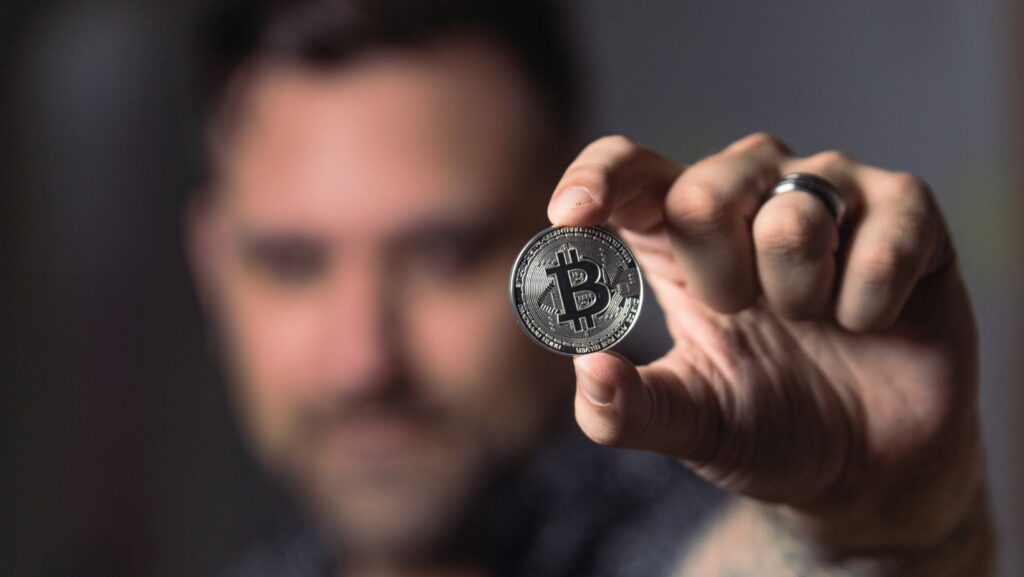It is important to mention that the cryptocurrency market is much broader than Bitcoin and consists of a large number of representatives, each of which has its advantages and disadvantages and is suitable for carrying out certain operations for one or another reason. For more detailed information and updates on these and other digital assets, visit www.cryptoninjas.com
1. Ethereum (ETH)
Ethereum is the world’s second largest cryptocurrency based by market capitalization and is famous for its smart contract execution platform. The smart contracts allow for the flexibility of decentralized applications (dApps) and decentralized finance initiatives, both of which constitute the prominence of the blockchain.
2. Ripple (XRP)
Ripple wants to offer cross-border payments with producers and customers that are as fast and inexpensive as possible. Its consensus algorithm, the Ripple Protocol Consensus Algorithm (RPCA), helps in making fast transactions; thus, it has been favored by financial institutions that seek to facilitate faster international payments.
3. Litecoin (LTC)
Sometimes described as the ‘digital silver’ to the ‘digital gold’ that is Bitcoin, Litecoin has the principal properties of verifying transactions in a faster manner and making use of another type of hashing algorithm known as Scrypt. And it helps to test new features of Bitcoin but at the same time remains an actual means of payment.
4. Cardano (ADA)
Cardano is a blockchain platform that is developed on the fundamentals of academic research that has undergone peer review.

It plays on sustainability, scalability, and interoperability, with a goal of providing a secure and stable platform for the dApps and smart contracts.
5. Polkadot (DOT)
They have built Polkadot in such a way that will allow multiple blockchains to integrate easily. It includes what is called the Substrate framework, which enables the formation of unique blockchains or para chains that can exist as singles with their own specific functions while having the ability to communicate with the main chain, meaning they are secure.
6. Solana (SOL)
Solana is noted for its scalability and very low cost of transaction fees. Thanks to the PoH consensus, sharing processes are fast, which makes it possible to attract high-performance dApps and DeFi projects.
7. Chainlink (LINK)
Chain Link offers decentralized oracles that allow for the connection of smart contracts to data provenances. It is applicable when executing a smart contract that requires integrating data from the external environment, like the price feed, weather conditions, or the result of an event.
8. Stellar (XLM)
Specifically, Stellar wants to enable the exchange of one currency for another with anybody anywhere.

SCP is its consensus protocol that allows efficient and inexpensive transactions; thus, suitable for remittances or micropayments.
9. Avalanche (AVAX)
Avalanche is a suitable blockchain with low latency and near-instant Finality. It includes the option of building your own blockchains and decentralized applications that are compatible with Ethereum tooling.
10. Dogecoin (DOGE)
Developed as a meme currency, it has grown into a serious project and functions as a currency for tipping and charity. Its supply is high and usage substantial hence being ideal for minor transactions and instances of social media use.



